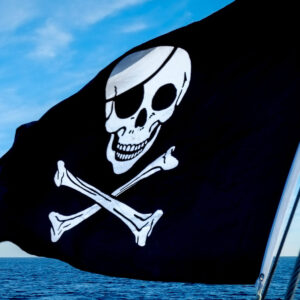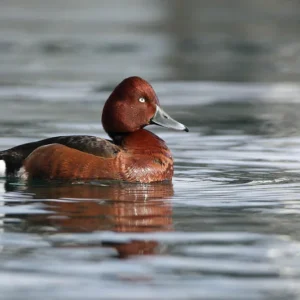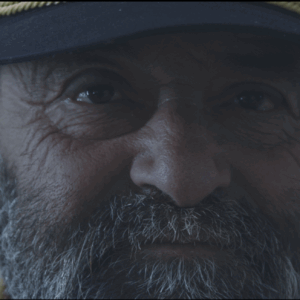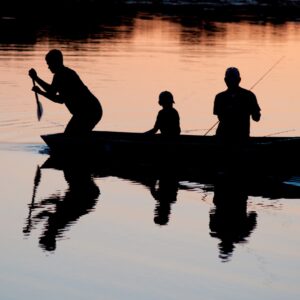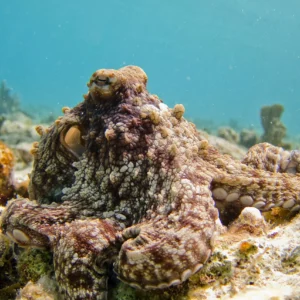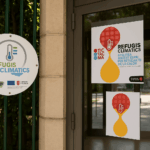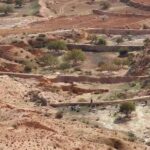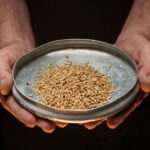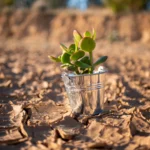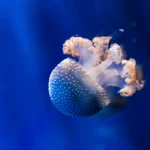Whether on the coasts or on the high seas, our marine ecosystems are facing increasing pressure from the expansion of human activities. No area of our planet has been spared, with nearly 41% of the oceans suffering significant degradation. Destructive bottom trawling, resource-depleting overfishing, the incessant din of marine activities and invasive species are endangering marine biodiversity, which plays a vital role in both marine and terrestrial ecosystems. To top it all off, climate change is adding a major threat to the equilibrium of these marine spaces.
Faced with these daunting challenges, Marine and Coastal Protected Areas (MPAs) stand as a first line of defense in preserving these precious ecosystems, combating these growing threats and ensuring a sustainable future. However, the question remains: are AMCPs really contributing to the preservation of marine ecosystems, or are they themselves facing threats that put them at risk?
Monastir, June 2023
Perils lurking beneath the surface: The ocean at risk from a flood of threats”.
The oceans face a multitude of threats that jeopardize their delicate balance. Top of the list is overfishing, a practice that depletes fish stocks, disrupts food chains and can lead to the complete collapse of marine ecosystems. Over 55% of the ocean’s surface is subject to intensive exploitation of fishery resources.
The number of fishing boats, both artisanal and industrial, continues to grow at an alarming rate. Regulatory limits are often ignored, and catches made outside the breeding season have led to a worrying decline in marine stocks. According to statistics, this decline is estimated at almost 60% since the 1990s, as Mehdi Aissi, head of the marine program at the World Wildlife Fund (WWF) Tunisia, explains.
Bottom trawling, still practiced in some protected areas, inflicts considerable damage on marine ecosystems. It significantly disrupts carbon stocks accumulated over thousands of years. The consequences of this activity are alarming. Of particular concern is the destruction of coastal habitats such as Posidonia meadows, mangroves and coral reefs. Unfortunately, this destruction is often the result of urbanization, pollution and other unsustainable human practices, particularly those linked to tourism.
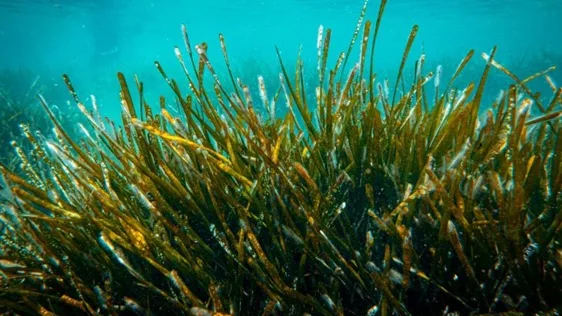
“On the Kuriat Islands, we have clearly identified a significant ecological impact caused by the daily arrival of the six tourist boats,” says Ahmed Souki, founding member and vice-president of Monastir’s Notre Grand Bleu association. He adds, “The results of our studies reveal that around 30% of Posidonia clusters are affected due to anchoring practices, resulting in a decrease in their density ranging from 600 to 700 clusters per square meter of marine surface.”
In addition, human activities generate pollution in various forms, such as toxic chemicals (pesticides, inputs), hydrocarbons, plastic waste and nutrients from agriculture, aquaculture and urban areas, all of which have harmful effects on marine organisms.
Marine and coastal protected areas in Tunisia: Preservation for a more balanced marine biodiversity
Awareness of the vital importance of the ocean and its biodiversity has recently gained ground within the international community, particularly in the Mediterranean. This has led to a new drive to preserve marine ecosystems, with the establishment of Marine and Coastal Protected Areas (MCPAs) and governance structures dedicated to their management.
According to Ahmed Souki, one of the key players involved in the management of the Kuriat Islands, which are being created as an AMCP, marine areas close to islands and coastal systems play a crucial role in preserving marine biodiversity. Whether island or coastal ecosystems, these areas are home to a remarkable diversity of marine species and resources. The definition of a CPMA is based on international conventions such as those of Barcelona and Rio de Janeiro, as well as the guidelines of theInternational Union for Conservation of Nature (IUCN).
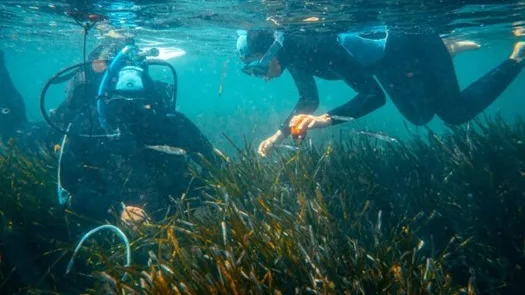
“A Marine Protected Area (MPA) is a clearly defined geographical space, recognized, specialized and managed by legal or other effective means, to ensure the long-term conservation of nature and associated ecosystem services and cultural values”, explains Nigel Dudley, in the IUCN’s“Guidelines for the application of management categories to protected areas“.
MPAs in the Mediterranean fall into three distinct categories. Strictly closed MPAs completely prohibit access and fishing in order to prevent threats to species and biodiversity. They are generally located near Port-Cros or Marseille. Some MPAs are temporarily closed or regulated in specific areas, with bans on fishing and human activities established after thorough monitoring. Beacons are used to delimit these zones, as is the case at Nueva Tabarca in Spain. Other MPAs are open to the public, allowing fishing under certain regulations, as in Tunisia. These different approaches testify to the diversity of conservation policies in the Mediterranean, aimed at preserving marine ecosystems and their biological wealth.
What does Tunisian law say?
According to MedPAN, the network of MPA managers in the Mediterranean, Tunisia has a significant number of protected or managed areas with a marine component, most of which are Ramsar sites* . Among them, four sites are in the process of being created as AMCP: the Kneiss Islands, the Galite Archipelago, the Kuriat Islands and the Zembra and Zembretta Islands. The management plans for these sites have already been drawn up, and all they are awaiting is a decree and official declaration before they can be recognized as AMCP.
The creation of AMCP is a precise process that integrates public opinion. The Tunisian state began implementing it in 2014, following the adoption of the implementing decrees for law 2009-49 of July 20, 2009 on AMCP.
According to Ahmed Souki, the MPA creation process begins with a proposal from the Ministry of the Environment and the Ministry of Agriculture to the national MPA authority. A public inquiry is then launched to gather objections or identify properties in the areas to be designated as MPAs. Once the survey is complete, a register is sent to the regional governor, then to the Minister of the Environment, before being submitted to Parliament to formalize the designation as an MPA.
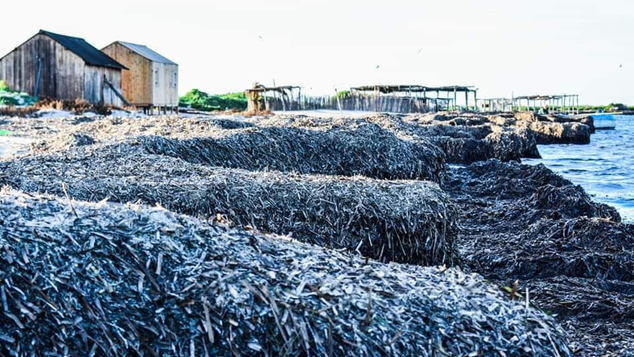
Although the Kuriat Islands are not yet formally recognized as MPAs on paper, they are considered to be ahead of other areas in the Mediterranean hmed Souki.
Ahmed Souki
Within the Kuriat Islands steering committee, it was noted that tourist activity on the island did not correspond to the concept of an MPA. According to the vice-president of the Notre Grand Bleu association, the use of plastic and inappropriate materials was widespread, and it was clear that there was no clear visual management to indicate the presence of an MPA or future MPA. Extensive consultations were held with all the partners involved, such as APAL, the governorate, the municipality, the regional tourism directorate and the Ministry of Health, culminating in the drawing up of a set of specifications. According to Ahmed Souki, any boat wishing to operate in this area will now have to comply with these specifications. As a result, ecological measures have been put in place, eliminating the use of plastic and introducing more respectful and sustainable environmental practices, particularly with regard to turtles and their nests. These actions are implemented as part of an MPA’s procedures, even before its official creation.
Saving endangered species: the vital impact of Marine Protected Areas against extinction
Marine nature reserves have always been at the forefront of the preservation of endangered species, as demonstrated by the Kuriat, Galite and Zembra and Zembretta islands. On these islands, tourist activities are strictly forbidden for an obvious reason: the establishment of accommodation infrastructures would require the use of artificial lights at night, thus disturbing the main nesting site for sea turtles in the Mediterranean. Such disruption would have a detrimental impact on the entire ecosystem. As a result, turtles would no longer frequent the Kuriat islands, preferring areas devoid of human presence and artificial lights. What’s more, the islands’ sand has physico-chemical characteristics that are conducive to the survival and growth of turtle eggs.
Thanks to responsible management and regular monitoring, the ecosystem is preserved, which has led to an increase in the number of turtle nests. Last year, this number rose from 30 to 51, setting a Mediterranean record. These results are the fruit of tireless efforts over a 20-year period.
Ahmed Souki
The islands of the Monastir region play a crucial role in preserving marine biodiversity and conserving fish stocks. Another area, known as Jbel Dhrii, stands out for its remarkable species diversity, arousing keen interest in its inclusion in an MPA. This area is of key importance in providing essential feeding and refuge habitats for fish, as well as a source of opportunities for fishermen.
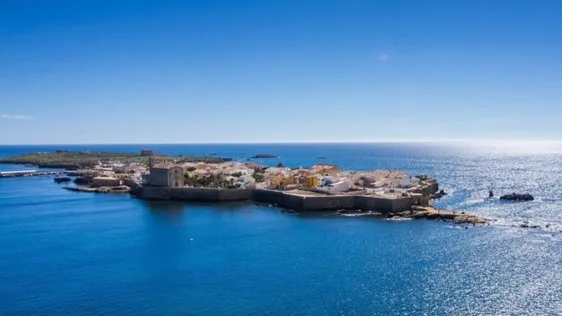
The establishment of an MPA naturally allows marine ecosystems to rest and regenerate. However, it is crucial to recognize that the challenge persists with illegal fishing, which is not specifically linked to MPAs, but is rampant throughout the Tunisian sea, especially since the revolution.
“The creation of an MPA does not automatically imply a total ban on fishing. On the contrary, fishermen are encouraged to comply with the regulations in force concerning authorized fishing gear and catch seasons, thus enabling them to continue to exercise their activity in a legal manner”, explains Ahmed Souki.
Imminent threats: Challenges facing marine protected areas
Human activities such as fishing and hunting, habitat destruction and the risk of accidental pollution from oil drilling are the main threats to biodiversity in marine nature reserves. Artisanal fishing, both motorized and non-motorized, has exacerbated the harmful impacts of coastal fishing beyond the boundaries of marine reserves. This manifests itself in the direct removal of resources and the disruption of the ecosystem. What’s more, the catching capacity of this fishing practice has increased considerably. And the impact is not only reflected in a reduction in the numbers and density of fish populations, but also in their destructuring: fragmentation of areas of abundance, loss of ecological connectivity and virtual elimination of large, older individuals. Coastal erosion and the effects of climate change complete the list of potential threats to MPAs.
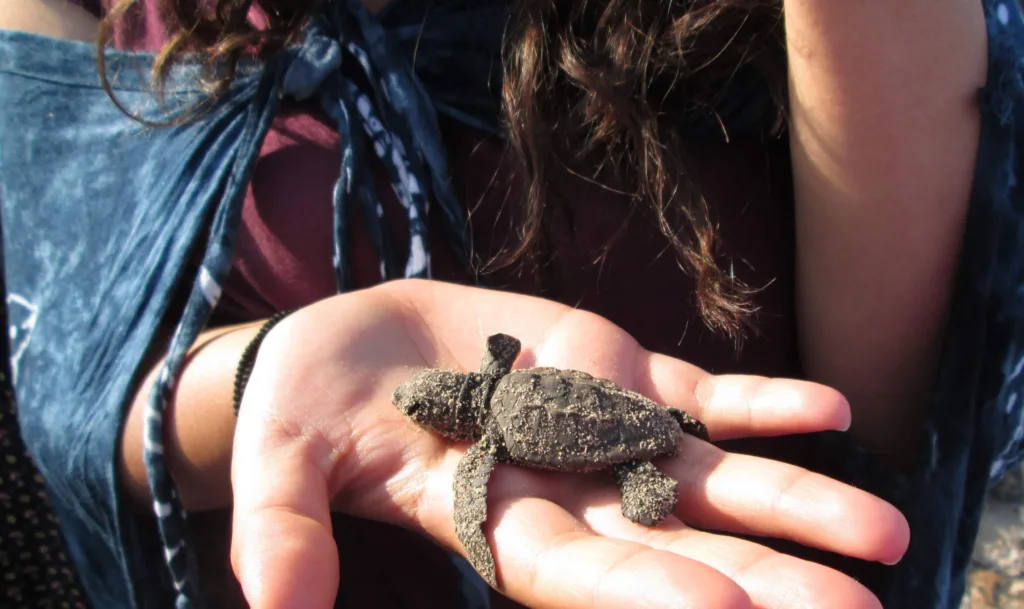
“The greater the importance and richness of biodiversity in MPAs, the more fragile they become. In these preserved ecosystems, where no human intervention is permitted, every disturbance is directly attributable to human activity. So the slightest impact on one component will have repercussions on the whole of this interconnected ecosystem”, explains Ahmed Souki.
In response to these challenges, numerous initiatives and strategies have been put in place to strengthen the preservation of MPAs. Strong partnerships between governments, non-governmental organizations and local communities have been formed, enabling a collaborative and integrated approach to the management and conservation of marine areas. Measures such as fishing regulations, environmental education, increased surveillance and public awareness are being implemented to combat the threats to these protected areas. The future of these protected areas in Tunisia and the Mediterranean region is promising, offering a ray of hope for the preservation of our natural heritage.
“There is no ecosystem on Earth where humans are not an essential element, either positively or negatively. They can cause an ecosystem to collapse as well as repair it. And that’s why we always talk about conservation,” Chadly Raies points out in an interview with Ecologia podcast.
Managing MPAs remains a major challenge, requiring sustained effort and a constant presence in the field. A concrete example of this commitment is that of the Notre Grand Bleu association in Monastir, which carefully monitors the hatching of sea turtles from June to September. In order to secure stable funding to achieve its ecological objectives, the organization strives to raise awareness among donors of the importance of its management.
Tangible proof of this awareness lies in the popularity of the association’s hut on the Kuriat Islands, attracting around 6,000 visitors every year. This place allows visitors to grasp the importance of the islands and of the association’s actions to preserve marine biodiversity. Today, the sea represents much more than just an oil reserve; it has become a new source of wealth to be exploited. By preserving and promoting its development, we could be enjoying a veritable fortune.
To achieve sustainable exploitation of marine resources, it is crucial to adopt a global vision that goes beyond regional borders or specific areas, in order to preserve the Mediterranean for future generations.
Ahmed Souki
A concrete example of the importance of a global vision is the outbreak of a bacterium in Spain that affected Pinna Nobilis, a species of mollusc. Unfortunately, this bacterium quickly spread to Tunisia, affecting the whole of the Mediterranean. Faced with this worrying situation, a Mediterranean program dedicated to the preservation of Pinna Nobilis has been set up, underlining the need for international cooperation to tackle common challenges.
* Ramsar: The Ramsar Convention, officially the Convention on Wetlands of International Importance especially as Waterfowl Habitat, also commonly known as the Convention on Wetlands, is an international treaty adopted on February 2, 1971 for the conservation and sustainable development of wetlands.
Copyright cover photo: IssamBarhoumi
This article was developed in collaboration with the Earth Journalism Media Mediterranean Initiative.
Copyright © 2023 Blue Tunisia. All rights reserved
Sources
- https://portals.iucn.org/library/efiles/documents/paps-016-fr.pdf
- https://www.rac-spa.org/sites/default/files/doc_medmpa_network/tunisia/amp_fiche_tunisie.pdf
- https://www.cepf.net/sites/default/files/EIA-EMP-French-Example-65414.pdf

